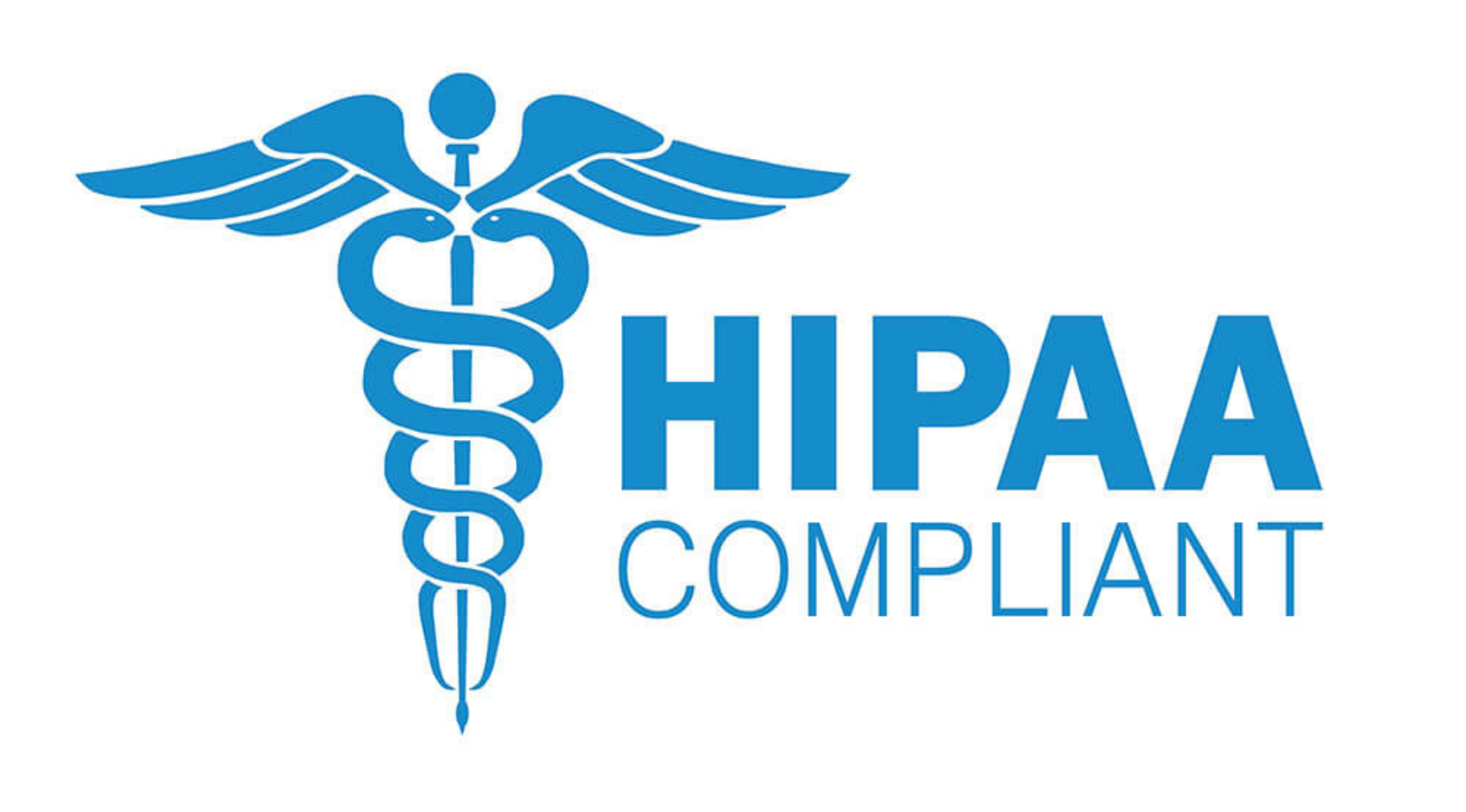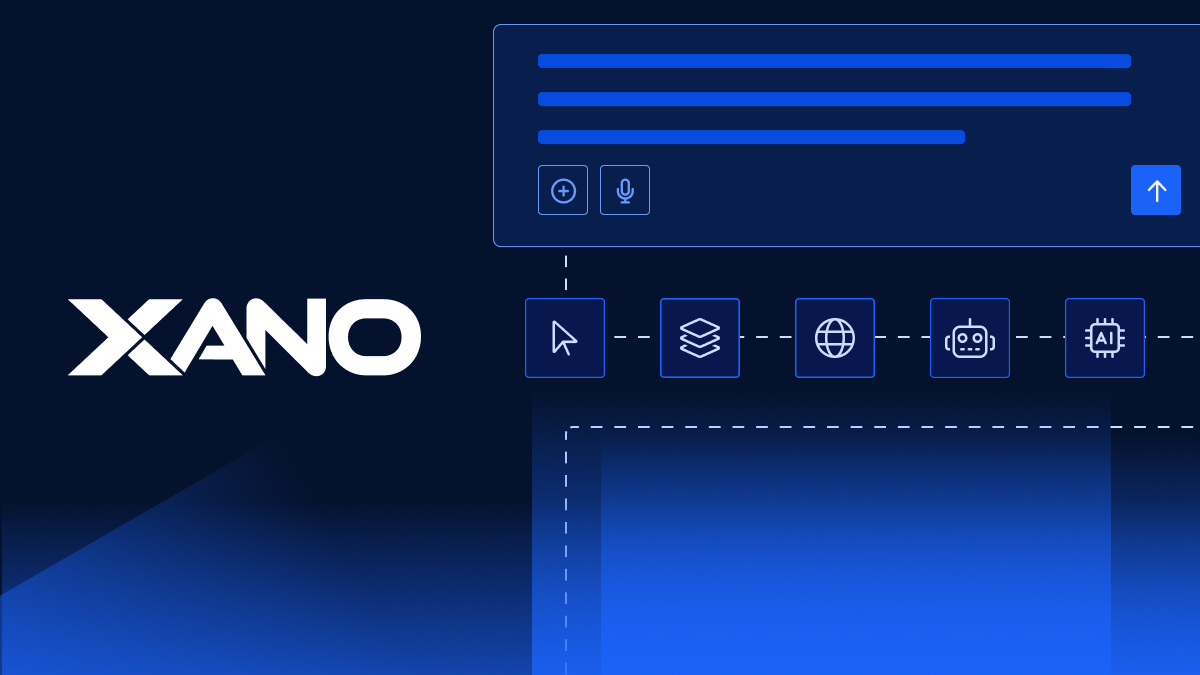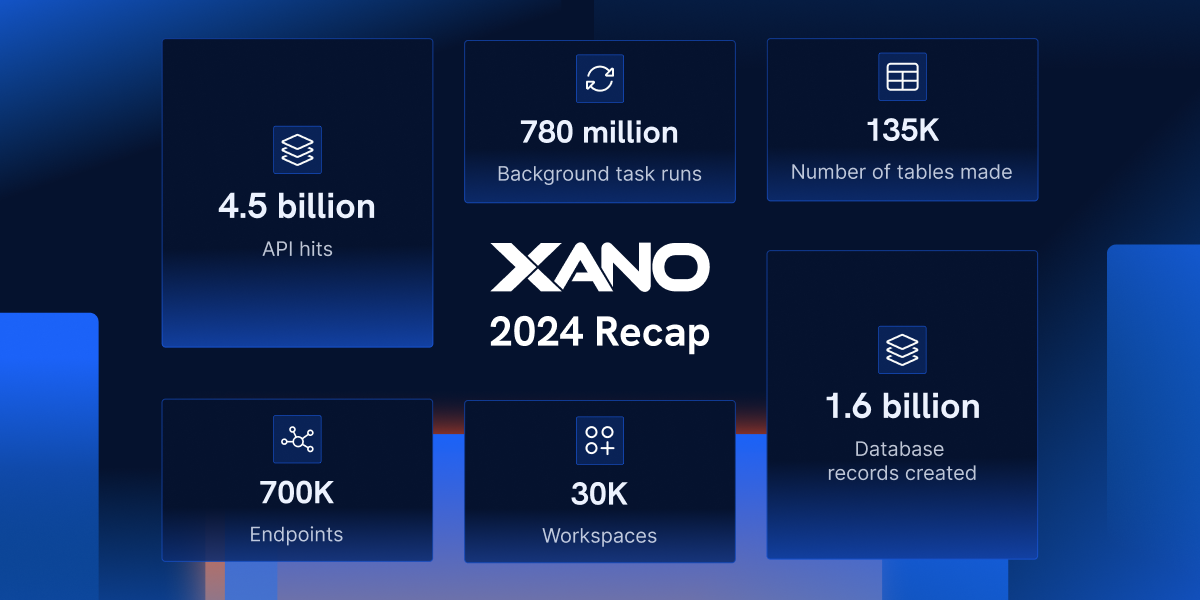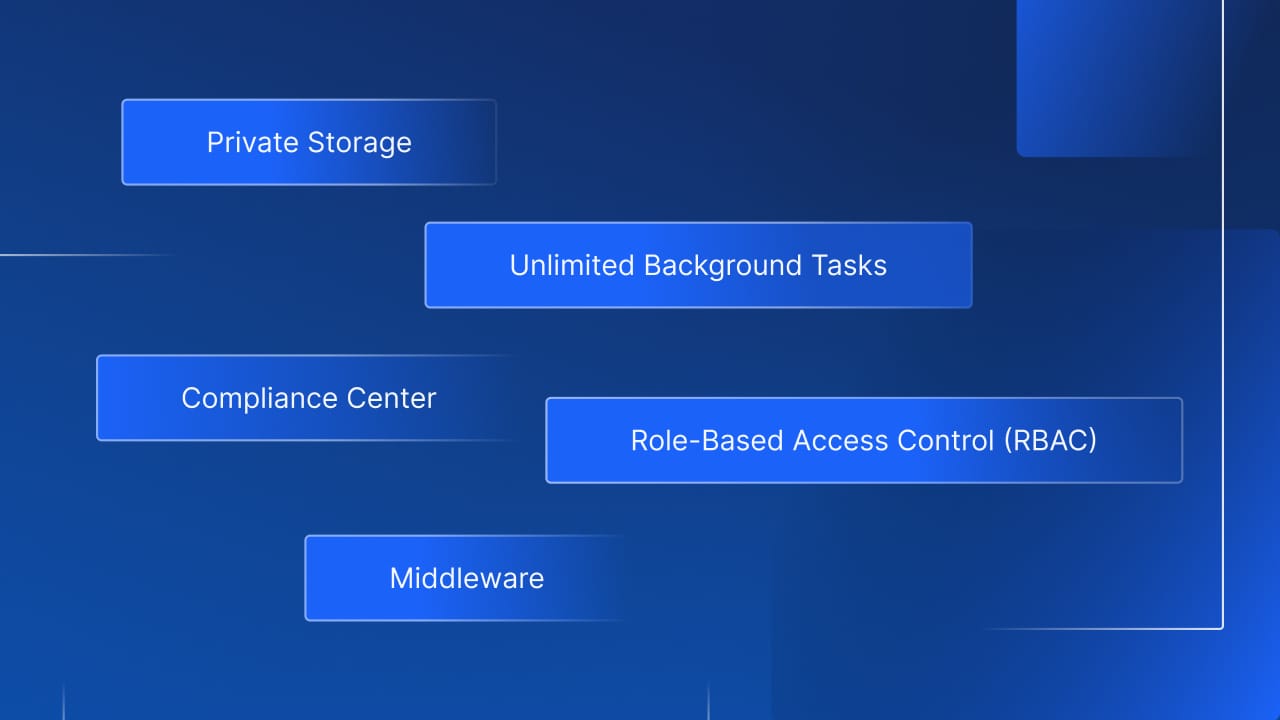HIPAA Compliance and Software Development: Complete Guide
By Xano | December 5, 2021

Anyone following the news lately has heard about HIPAA compliance and it's a topic of particular concern for any software companies working in the medical field. The Health Insurance Portability Accountability Act (HIPAA) was passed in 1996 to establish national standards for keeping health information private In 2013, HIPAA was amended to include digital records as storing patient information on computers and digital databases started to become the norm.
It is very important that any software that handles patient information is HIPAA compliant. Not only could HIPAA violations result in legal penalties, data breaches can cause undue trauma for individuals whose medical information was shared against their will. Below, we will provide a detailed overview of what constitutes HIPAA compliance in software development and how to ensure your software and applications follow all regulations.
Does My Software Or Application Need To Be HIPAA Compliant?
If you handle any type of medical information, chances are you need to be HIPAA compliant, but let's break down a few legal definitions to help you fully understand.
Protected Health Information (PHI)
Any medical software or application that handles protected health information (PHI) in any capacity must be HIPAA compliant. PHI is any information regarding healthcare or payment for healthcare services, including:
- Patient and physician names
- Health plan and beneficiary numbers
- Medical record numbers
- Account numbers
- Geographic patient data
- Patient info including: telephone numbers, email addresses, and other contact information
- And more
There are actually 18 identifiers that make health information qualify as PHI, so make sure you review the list carefully.
Covered Entities
Covered entities that must comply with HIPAA include:
- Health plans
- Healthcare clearinghouses
- Healthcare providers who electronically transmit any health information for which the Department of Health and Human Services has adopted standards
Business Associate
Anyone who stores, maintains, collects, or transmits PHI on behalf of a covered entity is considered a business associate. In other words, if your software or application works with any covered entity, you must be HIPAA compliant.
What Constitutes HIPAA Compliance?
As laws and regulations regarding HIPAA are complicated and change frequently, it is highly recommended that you hire a professional with experience working with HIPAA compliant software. However, we will provide you with a basic overview here.
First and foremost, secure data encryption and decryption is vital to HIPAA compliance. This should be your top priority. All data exchanged through your software must be encrypted prior to transmission. Data encryption at the storage location is also required. Without encryption, sensitive information is susceptible to cybercriminals.
A basic checklist to ensure HIPAA compliance includes:
- Have protection in place against unauthorized access to medical data and unauthorized deletion of PHI
- Only authorized users can access health records
- You must have adequate protection against security risks, including risks to data exchange, storage, and copying of PHI and medical records
- Authorized users need access to role-based controls and data management tools that are simple to use and understand
Your application or software must also be available even during emergency situations such as power outages and all of your data must be backed up in a safe and secure fashion. Data loss due to system failure or software bugs could destroy important medical information.
Again, this is just the basics of HIPAA compliance. There may be specific rules for your company depending on the type of PHI you're handling, so always consult with a legal professional to ensure compliance.
What Are The Laws And Regulation Regarding HIPAA?
The HIPAA Privacy Rule (2003)
The HIPAA Privacy Rule is responsible for the legal definitions discussed above, such as PHI, covered entities, and business associates. It also stipulates that PHI can only be disclosed without a patient's written consent to facilitate treatment, payment, or healthcare operations. Any other disclosure requires written authorization from the patient.
HIPAA Security Rule
The HIPAA security rule applies to any entity or individual who controls PHI, including IT and software vendors. It specifies the safeguards required to protect health records from unauthorized use though administrative, physical, and technical methods and policies.
It is recommended you review the HIPAA security rule with an attorney to ensure you have adequate protection in all three areas (administrative, physical, and technical). Safety standards are extremely rigorous when it comes to medical software and you could land in serious legal trouble for a violation, even an unintentional one.
HITECH Act (2009)
The Health Information Technology for Economic and Clinical Health Act (HITECH) applies to healthcare providers and IT partners and was designed to incentivize providers to embrace electronic health records (EHR). It originally offered financial incentives to institutions who digitized patient records, but also implemented heavy fines (up to $250,000) for HIPAA violations on behalf of software companies responsible for handling these records.
How Do I Build A HIPAA Compliant Application?
Get Expert Help
As we have already discussed several times, you do not want to take any undue risks when ensuring HIPAA compliance. We highly recommend you hire a third party expert and/or an attorney to assist you while developing your application.
When hiring developers, prioritize candidates with past experience creating medical software as they likely have an in-depth understanding of HIPAA rules and regulations.
Check & Encrypt The Data
First, check your patient data and make sure to separate out any PHI information from other information stored on your application. This will likely entail studying data very closely to make sure you identify all PHI correctly.
Sensitive information must be encrypted. Encryption should include unique user identification and encryption of all stored and transferred data. You should hire cybersecurity experts for the data encryption process.
Implement HIPAA-Friendly Technologies
There are a variety of technologies that are vital to security when developing HIPAA compliant applications.
Consider including the following:
- Logging and control checks
- Monitoring and log maintenance
- Storage and backup technologies
Test And Maintain Your Application
Statistically and dynamically test your application carefully before rolling it out to ensure there are no glitches, bugs, or other hiccups that could potentially compromise patient information. Even after your software is up and running, run tests again after every single upgrade.
HIPAA Compliance And Software Development: The Bottom Line
HIPAA compliance is vital for any software that handles patient information. The above information is only a brief overview to give you a rudimentary understanding of the basics.
As there are so many rules and regulations surrounding HIPAA, you should never go at it alone when creating a HIPAA compliant application. Always consult an experienced professional and attorney to keep patient information confidential and your company safe from liability.
Looking for solutions for your company? Xano is the fastest No Code Backend development platform on the market. We give you a scalable server, a flexible database, and a No code API builder that can transform, filter, and integrate with data from anywhere. Sign up here to get started.
The post HIPAA Compliance and Software Development: Complete Guide appeared first on Xano.

















